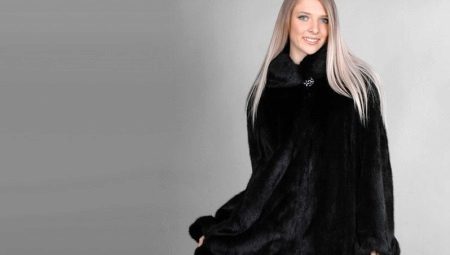Fur coat - that element of the wardrobe, which is almost indispensable in cold and long winters. A product made of natural material gives confidence and a sense of luxury to its owner.
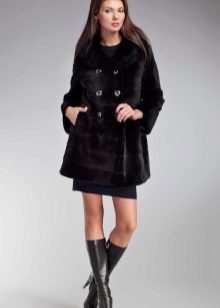
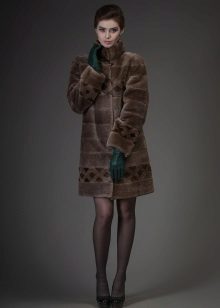
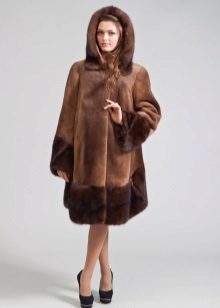
The beaver fur coat not only looks beautiful, but it also protects from bad weather, cold and wind, snow and even light rain, because it is made from the skin of a waterfowl.
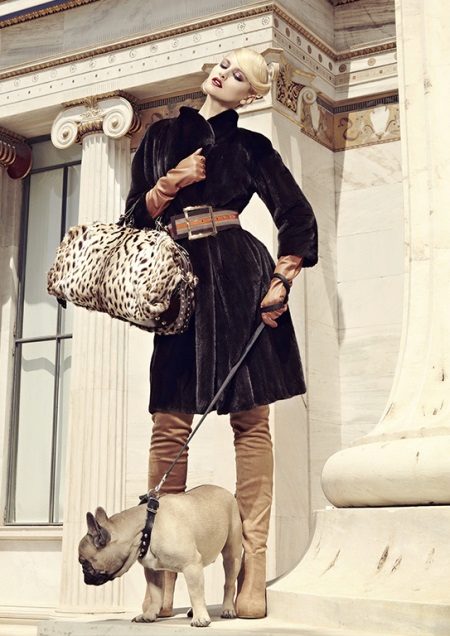
What does a fur coat from a beaver trimmed look like?
The fur of the beaver is thick and tough, quite long. Its natural color is brown, and heterogeneous, as there is a natural transition from a dark shade to a light one.
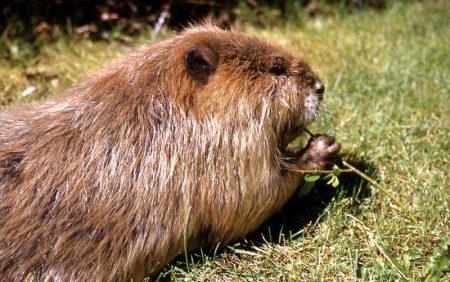
Natural unshorn material is heavy enough, which is one of the characteristic features by which a beaver can be distinguished from other fur. Due to the rough texture, weight and stiffness, it has long been used only for men's clothing, but now such fur coats are an integral part in the women's departments.
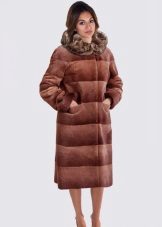

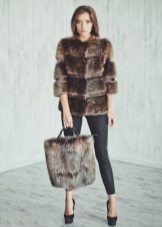

However, female models are most often made of plucked or sheared fur. The process consists in plucking the hard core hair from the fur fabric. Such a fur coat is lighter than uncut, still warm, but also costs a lot of money, because the thinning procedure is done manually and takes a lot of time.
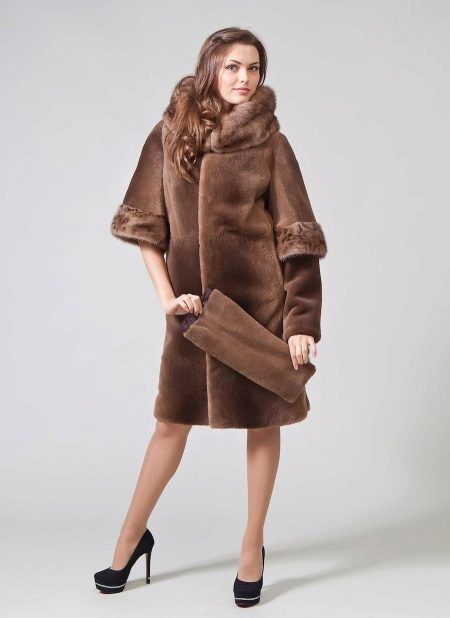
And finally, a cross between these two options is a shorn beaver. The coarse hair is trimmed in length to the level of the undercoat, so that the fur coat becomes soft, visually velvety, plush. This technology does not reduce the cost, but allows you to look for new solutions in the simulation, because the sheared fur looks neater, more tender.
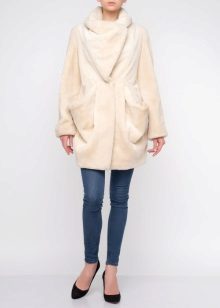
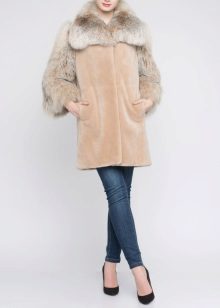
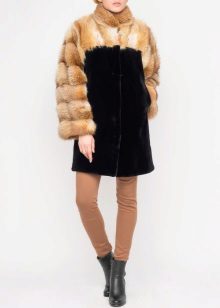

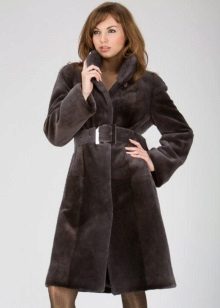
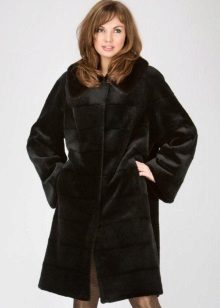
Despite the fact that part of the hair is sheared, the fur continues to retain its positive qualities.The fur coat from the sheared beaver is warm, because the undercoat is primarily responsible for this characteristic. It protects against moisture, which is often the cause of damage to an expensive thing.
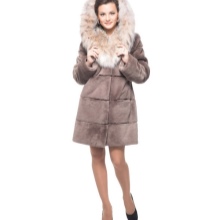
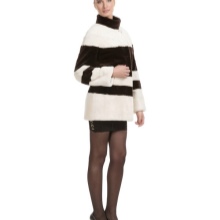
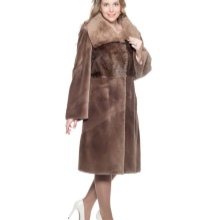
The product from this fur is durable, so that with proper care a real fur coat from beaver can last almost twenty years. The fibers themselves also have strength, which are held with such force that even after a while no bald spots and scuffs appear on the product.
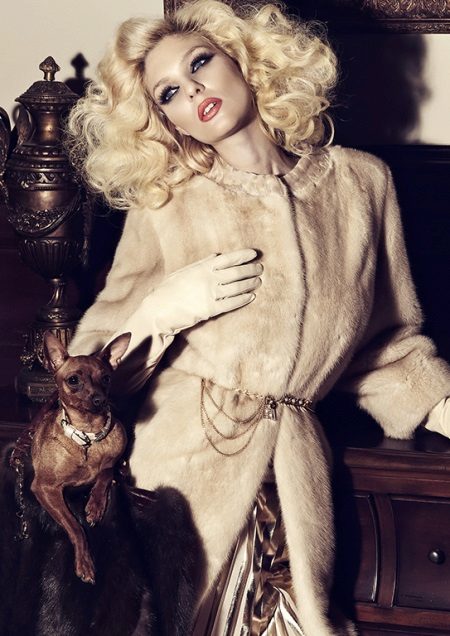
Models
There are fur coats from Canadian and Russian beaver:
- The Russian beaver is worse in quality, and the fur coats from it are rather a craft business due to the small number of populations and the rare hunting trophies from these animals.
- Fur coats from the Canadian beaver are sewn in volumes of mass production, since only they have such rare "farms" of this beast. In addition, their fur is thicker due to the northern habitat.

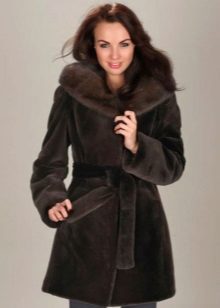
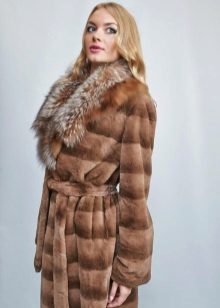
Both short short fur coats and long coats, knee-length, are sewn from a beaver.
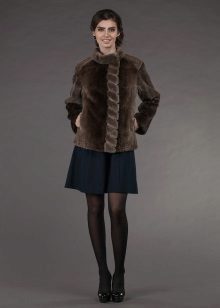
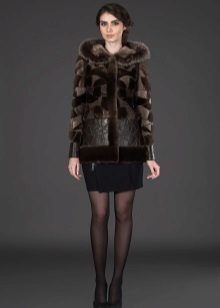

The most popular styles are trapezoidal silhouettes, straight and fitted.
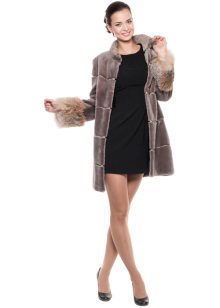
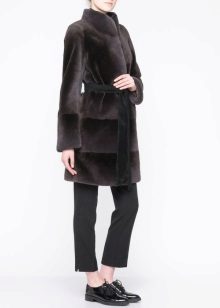
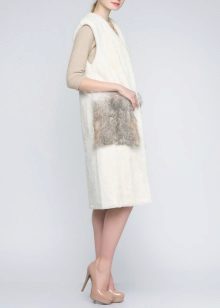
It’s rare, but oversized fur coats are found, but since a beaver is a heavy material, not every woman will risk wearing such a product.

The most common is a straight knee-length coat worn with or without a belt.
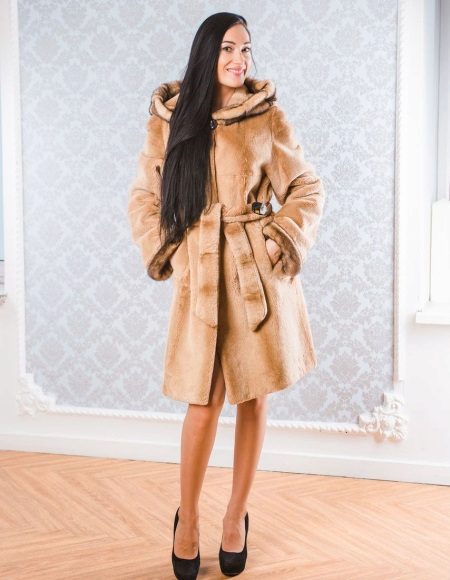
The most common element on a beaver fur coat is a large collar. Moreover, unlike, for example, minks, this type of fur is rarely combined with others. Instead, a beaver of different processing is combined, on a cropped model an unshorn collar.
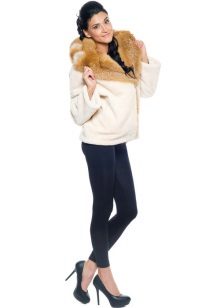
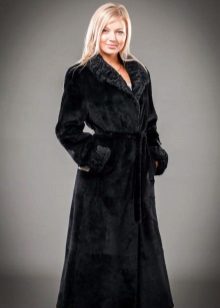
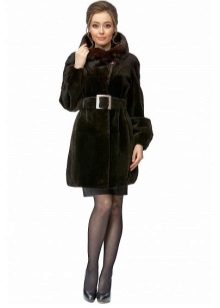
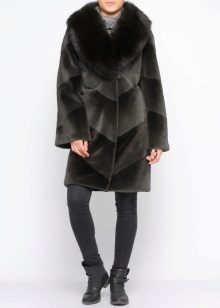
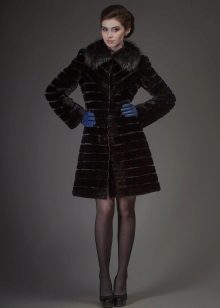
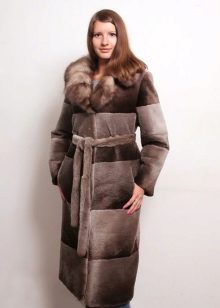
Very often on the shelves you can find fur coats with a stand-up collar, on which there are most often large decorative buttons. There are models with hoods, which are lowered looking like a collar.
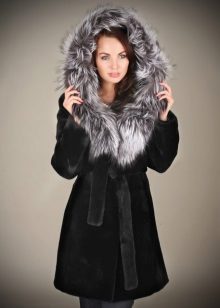

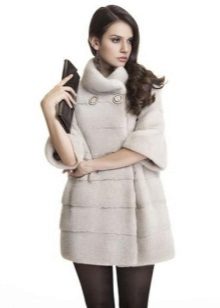
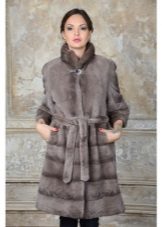
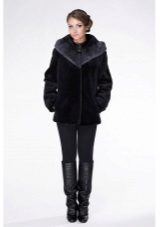

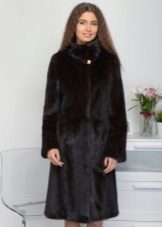
In creating beaver coats, fashion designers adhere to the rule of minimalism, because this fur is considered to be noble, and, therefore, the simpler the style, the more attention will be paid to the material.
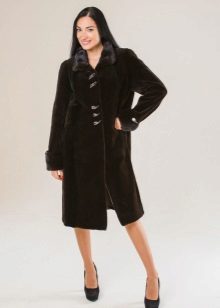
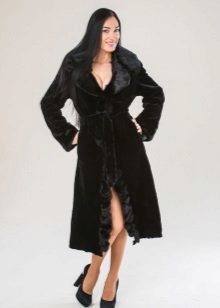
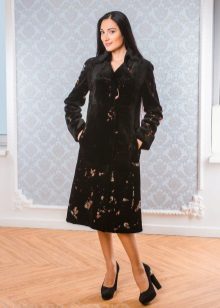
Color schemes
Beaver fur has a nice rich brown-red color with a natural transition from dark to light, it is also the most common. The variety of colors in such fur coats is not the largest and it is built around a natural shade. Fur can be tinted, getting a darker brown or even black color. There is also lightening the beaver skin to a red and cream color. Unnatural color, for example, blue, is very rare.
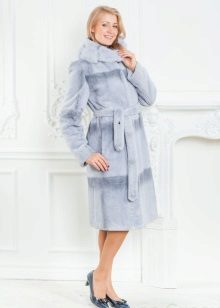
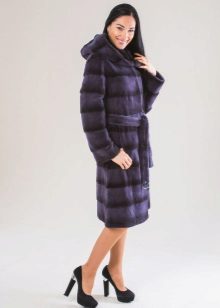
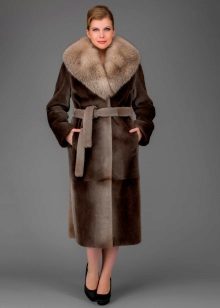
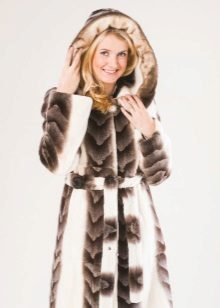
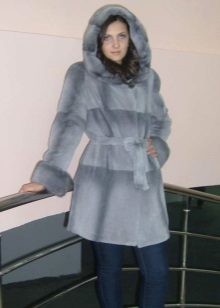
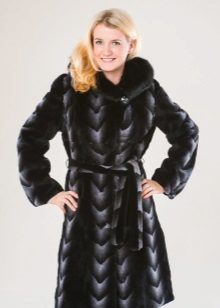
Whitening is also possible, although achieving a completely white hue is rather difficult. However, it should be understood that in order to lighten the dark brown so much, the skin has to be subjected to serious processing, which reduces the quality of the material and the durability of the product itself.
At the same time, they cost even more than dark models. Cream, beige, pearl shades are more common, although they are completely white.
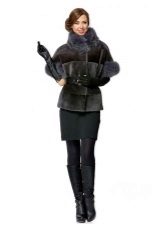
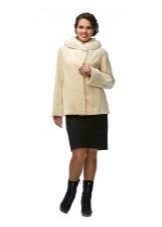
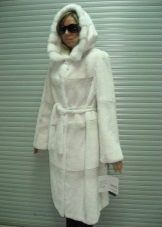
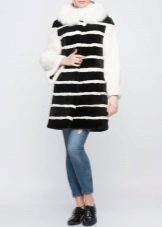
Reviews
Since for sewing a fur coat from beaver it is necessary to use fur from wild animals, not specially grown on farms, the price is appropriate, from fifty thousand for a short fur coat and from seventy for an average length. The price depends on the length of the product, color, model and the availability of finishes from other fur. When buying a fur coat, you should be careful and look at the price, as sellers can try to slip a rabbit for a beaver. And although the price of such a fur coat is much lower (about thirty thousand rubles), its wear resistance is lower than that of a beaver.
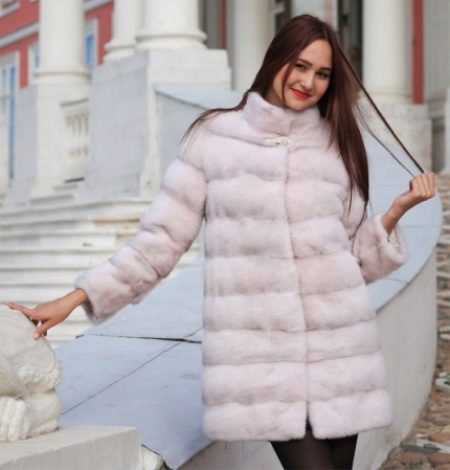
Judging by the reviews, many find it difficult to say about the differences between the beaver and the rabbit that they give him out, which is why there is general confusion in the preliminary price. Owners of fur coats note its warm properties, pleasant texture, but they often talk about the weight of the product, since it is heavy.
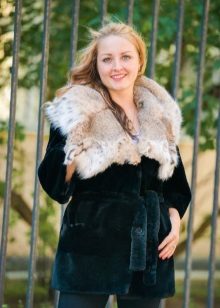
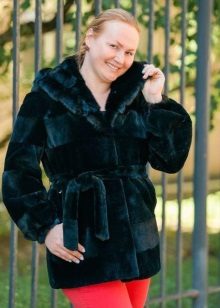
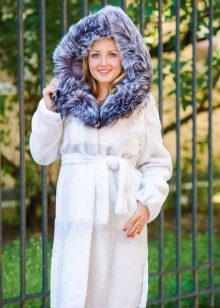
How to choose?
Some sellers try to pass off a rabbit as a sheared beaver, so you should be careful when choosing. And although outwardly they are really similar, they are completely different in quality and touch. The rabbit is soft and delicate, silky.
A distinctive feature of the sheared beaver is its hard “stumps”, which can be felt if you put your hand through the fur - it pricks a little, and is also elastic.
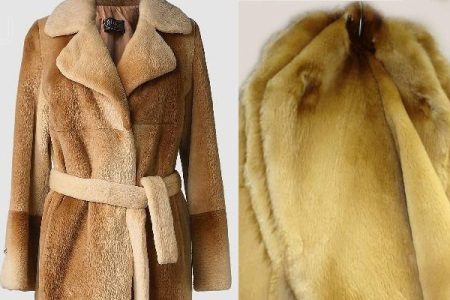
It should be remembered that the “beaver” is a hare, not a beaver, although in the salons they can assure otherwise.
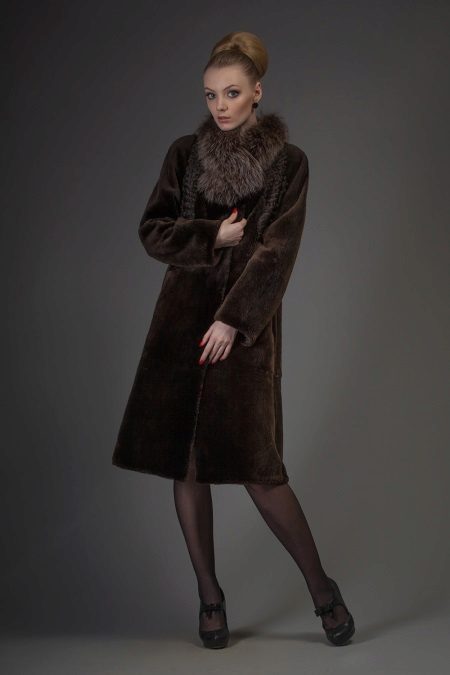
- High-quality beaver coats are sewn from hides specially selected using computer technology so that the fur matches not only in color, but even in length and density. So, it’s worth checking inside out, because the rabbit skins are small, which means that much more details will be sewn. In addition, all skins should be sewn in one direction.
- The mezdra of a good coat is light, in density resembles suede, coarser than that of the same rabbit. The dyed fur should be plain.
- The fur of the entire fur coat should look absolutely even, smooth, without longer or shorter pieces, otherwise the beaver will immediately look cheaper. You should check the density of the villi, do not they remain on the fingers, if you slightly pull them.
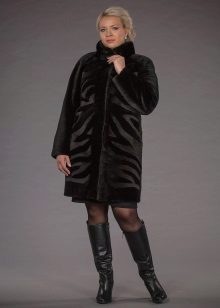
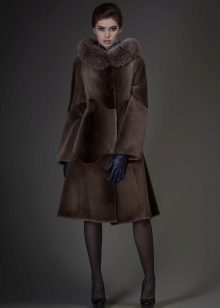
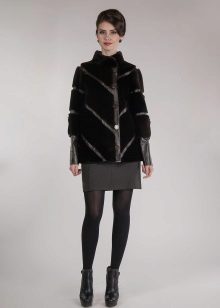
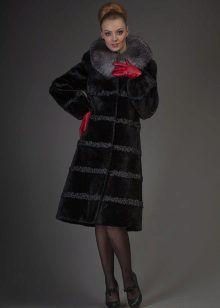
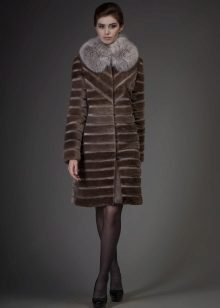
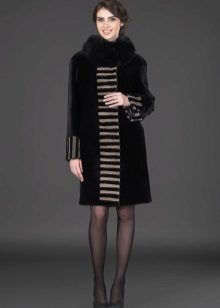
The images
The combination of a beaver with another fur is a rare occurrence, but if fashion designers take this step, then most likely the coat will amaze the imagination. Bleached Canadian beaver combined with large fluffy fox fox cuffs and collar. To complete such a luxurious look is snow-white trousers, jewelry or jewelry "in gold", as well as a clutch in the tone of fox fur.
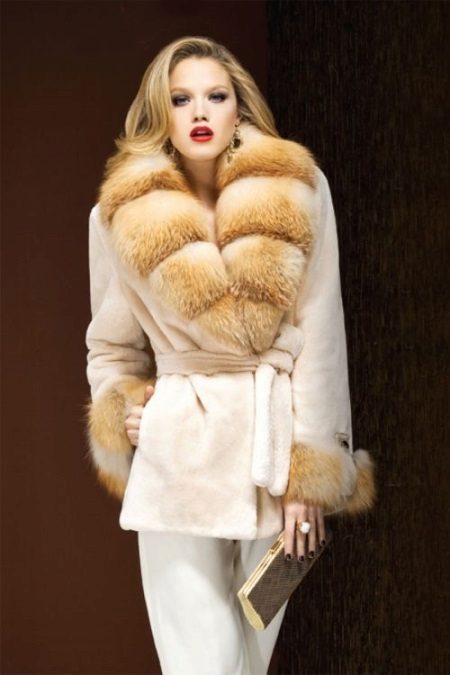
A long black coat in combination with cuffs and raccoon sides is an excellent everyday option. It can be combined with business and casual clothes, for example, skinny black jeans and a shirt in a black and white pattern.
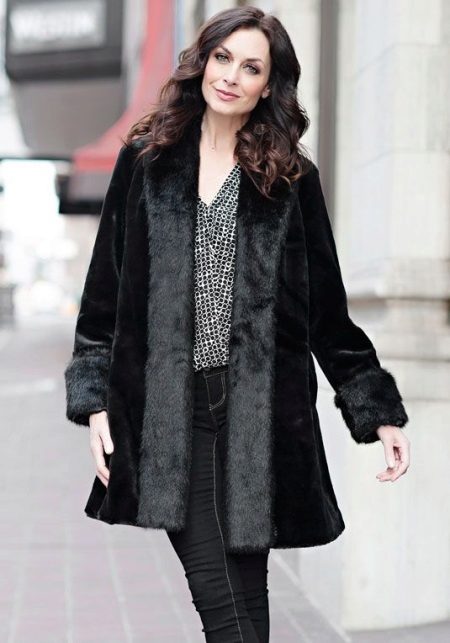
A classic brown beaver with a flared hem and a belt is another successful model for every day. A bright accent on such a fur coat is a lynx collar. Due to the short length of the product, you can safely wear high boots with it, and jeans or trousers with a high neck blouse will complement the image.

